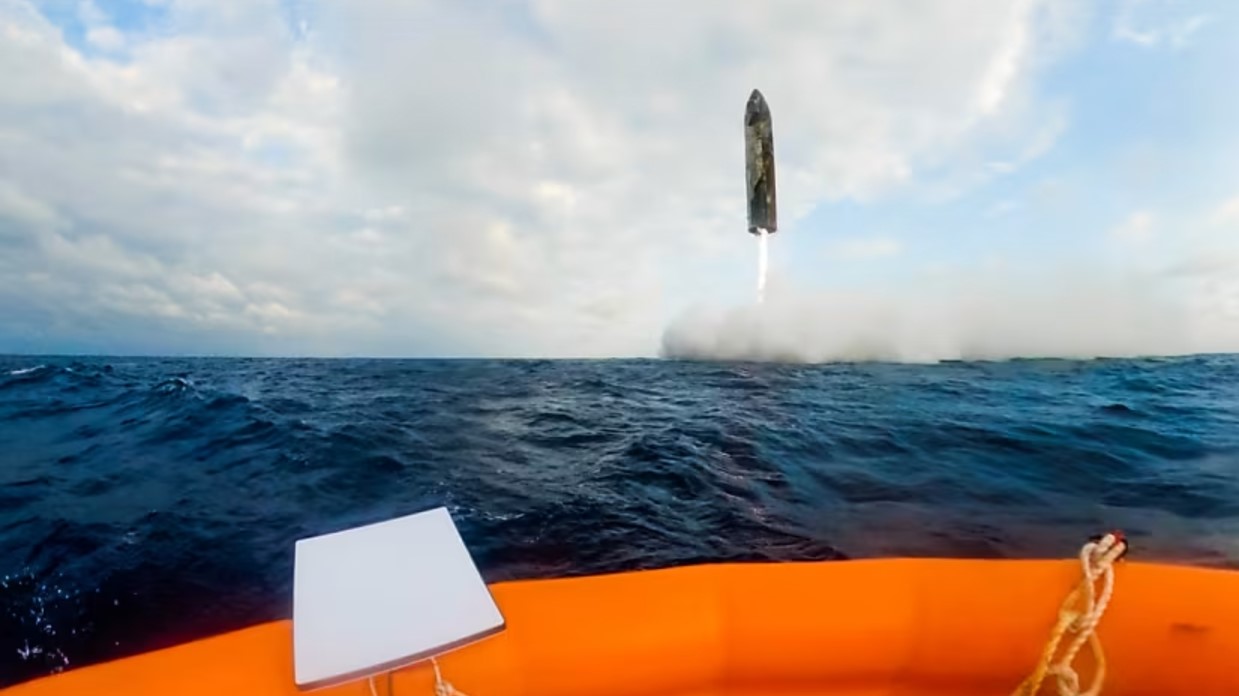Meet Alpha the new suborbital vehicle under study for the European Union, or perhaps I should add the forerunner to Alpha that was called Phoenix, built by EADS Astrium (then known as Space) and tested in 2004 for the German Aerospace Centre DLR
Phoenix was a subscale reusable launch vehicle testbed for flight testing automatic subsonic approaches and landings
But sources involved in the European Union funded and European Space Agency managed Future high Altitude high Speed Transport (FAST) 20XX programme tell Hyperbola that Phoenix is the basis for the air launched reusable suborbital vehicle that is being called Alpha – just look at the official image for a start
ESA’s FAST20XX website says that Alpha could be flying into space in five to ten years. As well as Alpha a longer term vehicle, the DLR’s own Spaceliner, is being developed with a special focus on its transpiration cooling technology
FAST20XX is not the programme that was planned for when its predecessor the EU’s Sixth Framework Programme’s 12-month, €127,000 space tourism-related Future High-Altitude Flight – an Attractive Commercial Niche, or Flacon, came to an end
Flacon concluded that a suborbital vehicle could be launched from the back of an Airbus A380 freighter and FAST20XX was to have costed about €11 million for a test flight that would have involved an Airbus A330-200 air launching a test vehicle called BEOS
Instead FAST20XX has just over €7 million in total funding and it has started almost a year late. Its kick-off meeting occured in January but no materials from that meeting have been made available
As well as technology FAST20XX will also examine safety, its ESA web site says:
Safety analysis – For human flight in general, and new forms of it in particular, it is vital to minimise risk since a fatal accident at the very beginning of commercially conducted flights will risk the extinguishment or, at the very least, delay of any further business. Therefore considering and identifying safety requirements with respect to passengers, the on-ground population, air traffic management, airlines and human factors will be crucial for the successful marketing of suborbital human transportation.
For the time being it does not look like any air drops will take place for Alpha unlike Phoenix





